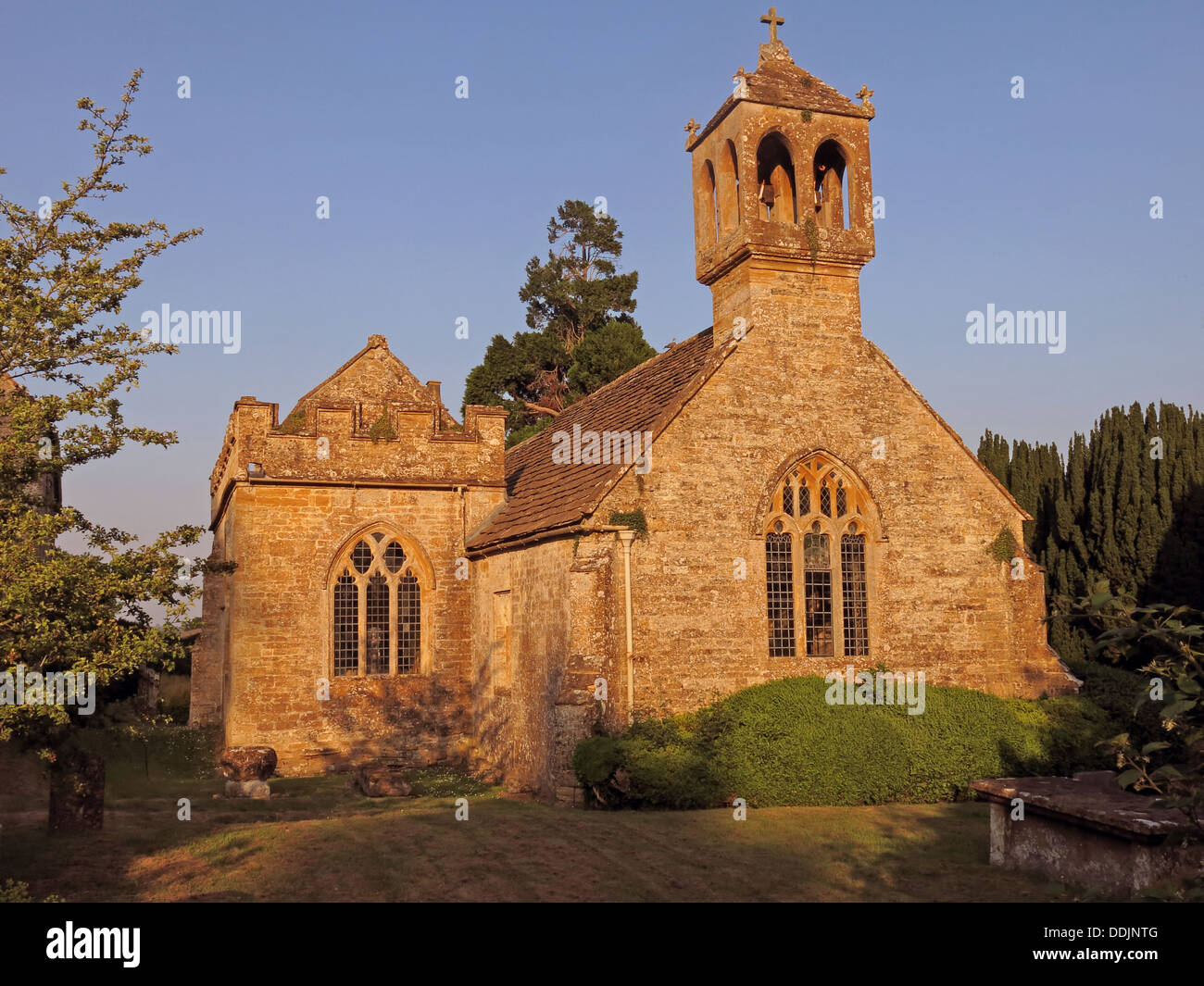Chapel at Brympton d'Evercy, Yeovil, Somerset, England, UK

Image details
Contributor:
Tony Smith / Alamy Stock PhotoImage ID:
DDJNTGFile size:
34.3 MB (1.7 MB Compressed download)Releases:
Model - no | Property - noDo I need a release?Dimensions:
4000 x 3000 px | 33.9 x 25.4 cm | 13.3 x 10 inches | 300dpiDate taken:
8 July 2013More information:
Brympton d'Evercy (also known as Brympton House) is a manor house near Yeovil in the county of Somerset, England. It has been called the most beautiful house in England, a country noted for fine country houses. In 1927 the British magazine Country Life published a set of three articles on the house, in which Christopher Hussey, near the start of his 50-year career as an architectural authority and documenter of British country houses, described Brympton d'Evercy as "the most incomparable house in Britain, the one which created the greatest impression and summarises so exquisitely English country life qualities." His articles remain the only detailed account of the house, which in its long history has belonged to six families: the D'Evercys, the Stourtons, the Sydenhams, the Fanes, the Weeks (1992–2008), and the Glossop family in 2008. Building was begun by the D'Evercy family about 1220 and proceeded slowly into the 18th century. For 750 years it remained little known or recorded. For a few years after the Second World War it held a boys' school, before being reclaimed by its owners as a private house. This it remains, although it is occasionally hired out as a location for filming or a hospitality event. Brympton d'Evercy from the south around 1722 by Jan Kip and Leonard Knyff. The house is part of a complex consisting of the mansion, its stables and other outbuildings, the parish church and a puzzling building known as the Priest House. Little remains of the original D'Evercy manor built between 1220 and 1325, as the present house has evolved on the same site. Brympton d'Evercy was listed in the Domesday Book of 1086 as Brunetone, meaning "brown enclosure", from the Old English brun and tun. The village of Brympton is larger today than at any time in its history. Until the 20th century, it barely qualified as a village, having been deserted in the 14th century. It consisted only of a few cottages scattered along the long drive to the secluded mansion.